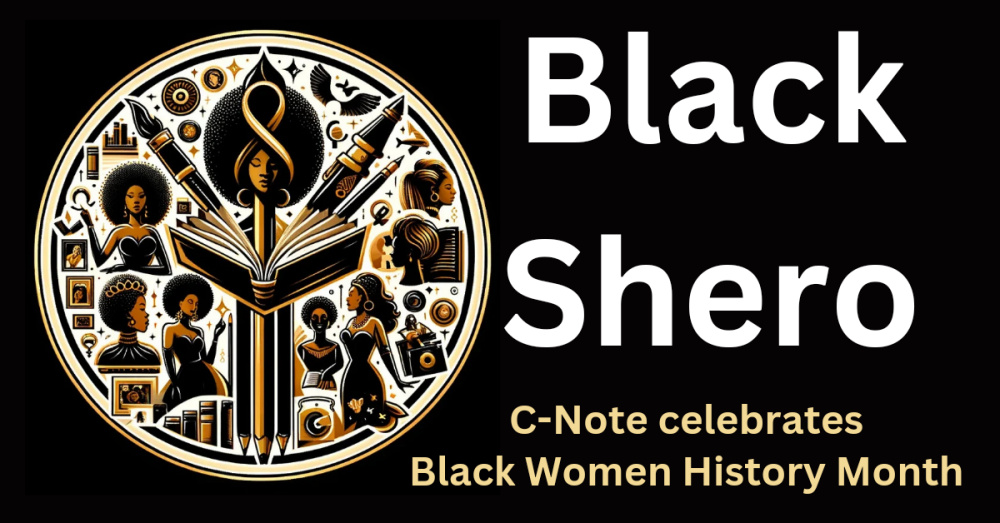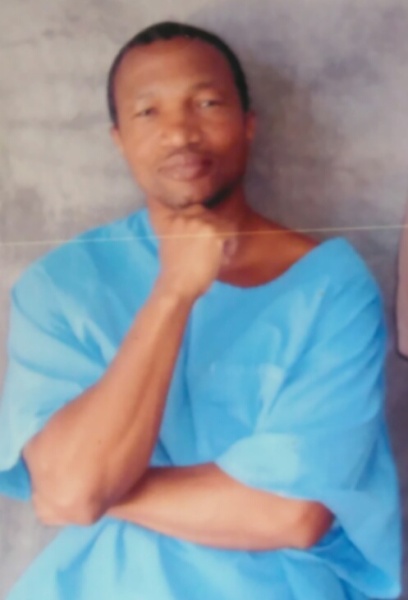THE IMPORTANCE OF WOMEN VOICES IN STRUGGLE: Emphasis on the Black Woman’s Voice.
This article was originally published in MprisondThotz.
Without hearing the woman’s voice, in particular the Black woman’s voice, we don’t get the full scope of injustice and discrimination. The Black woman’s voice informs us of the inherit, patriarchal, discrimination, that comes with the gender discrimination. Here she is participating with community, in community protest. However, within that community of protest, she is being discriminated against because of her gender. As a man, I may be indifferent to this. I may have unconscious biases. So Her voice awakens me. Her voice chastises me. Her voice brings me back to community. The true so-called utopian community that we are in the streets protesting and fighting for.
Just as we are fighting against structural biases, structural discriminations, and structural prejudices, that may have resulted from the generational conditioning from our oppressors. We have a patriarchal structure, we have a patriarchal conditioning, that it’s injustices manifest when we listen closely to Her voice. Absent Her voice in utopian infrastructure, that structure has cracks. Cracks are structural flaws. Structural flaws are an inherent crumbling or destruction of that structure. I became aware of the brotherhood’s unconscious biases against the sisterhood when I read the Autobiography of Angela Davis, and A Taste of Power: A Black Woman’s Story, by Elaine Brown . While I use the term unconscious, the vibe in these sisters’ prose certainly do not feel like it. That was the 20th century, and while my brothers may have been unconscious; we are not in the 21st century, because now we know.
C-Note has written for Prison Action News, California Prison Focus, and has been in People Magazine, Public Television-Los Angeles (KCET), and ABC-Los Angeles (KABC). He is also a poet, playwright, painter, and performing artist, whose works have either been exhibited, performed, or sold, from Alcatraz to Berlin. In 2017 Google Search Engine results listed him as both “America’s most prolific prisoner-artist,” and the “World’s most prolific prisoner-artist.“


